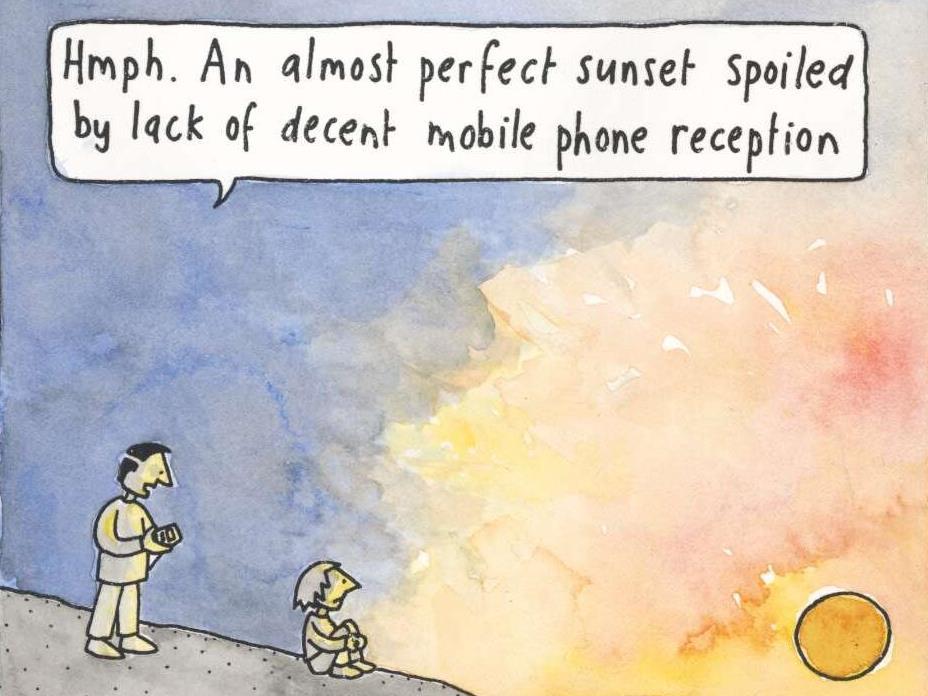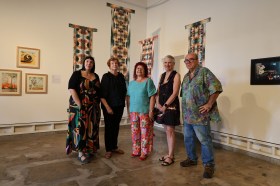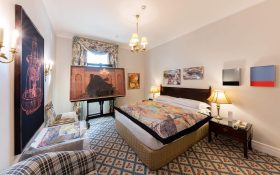Image: Perfect Sunset, Judy Horacek
Great cartoons have the ability to make us laugh, cry, and reflect on what’s occurring in our society. From lampooning leadership to laughing in the face of adversity, Inked: Australian Cartoons is a selection of the best cartoons from the National Library of Australia’s extensive collections drawing from over 14,000 cartoons by dozens of different artists, covering the period before the arrival of the First Fleet in 1788 up to the present.
‘If you think about cartooning, it helps give us this visual vocabulary for understanding our society,’ said Dr Guy Hansen, Exhibitions Curator at the National Library of Australia.
‘What cartoonists do is they hold a mirror up to Australian society and to events. Cartoons are like these little time capsules that capture personalities and important moments in Australian history; they are more than just visual gags which provide a momentary diversion.’
From challenging our political leaders, to creating iconic archetypes, and commenting socially on everything from war to Australia’s immigration policy, Inked: Australian Cartoons showcases over 135 cartoons that capture memorable moments in Australia’s history.
The exhibition includes work from: Will Dyson, Judy Horacek, Michael Leunig, David Low, Phil May, Alan Moir, Bruce Petty, Martin Sharp, Cathy Wilcox and more. In addition to cartoons, some artists have also created sculptures of their work and there’s also a designated area for kids to get inspired and draw after they’ve seen the exhibition.
‘We’ve tried to make this exhibition very family friendly so we’ve got a children’s area called Inked: Play where kids can sit down and draw their own cartoons,’ Hanson said. ‘It’s great to take children through the show because they see all this great artwork and they’re quite stimulated.’
A historical account of Australian cartoons
Hansen has surveyed the library’s collection to include a diverse range of cartoons which articulate how the artform has advanced both technologically and stylistically since early colonisation through to the way artists now digitally create their work.
‘The collections include examples of satirical hand-coloured prints that sold from print shops in London in the 1780s, satirical drawings done by early settlers, cartoons prepared for colonial publications such as Punch and The Bulletin, as well as numerous examples of artwork from major newspapers and magazines in the 20th century,’ said Hansen.
Both nostalgic and challenging, Hansen said the exhibition is a visual journey through some of Australia’s most significant moments depicted in a way which will evoke emotions.
‘If you’re an Australian, this exhibition is almost like a photo album in Australian history,’ Hansen said. ‘You’ll recognise the event, you’ll recognise the personalities, and of course it’s done with humour and wonderful artwork as well. So it’s a lovely way of walking through Australian history and seeing some great art and getting a few laughs.’





